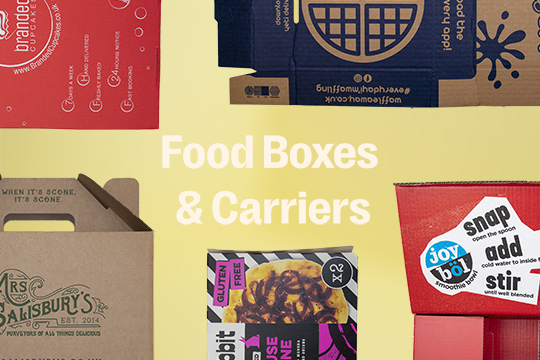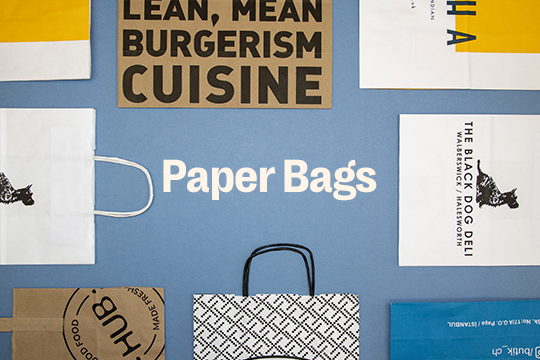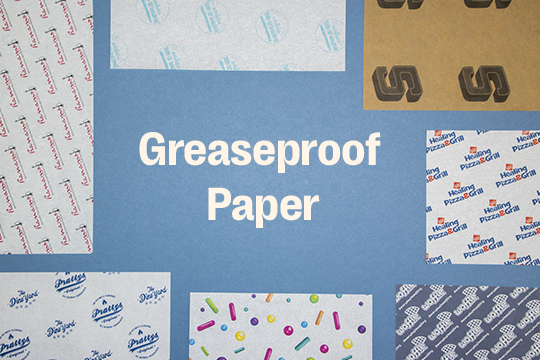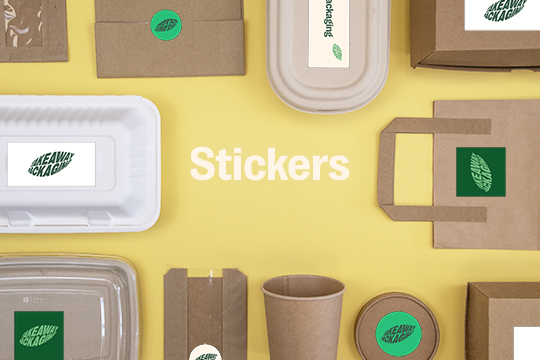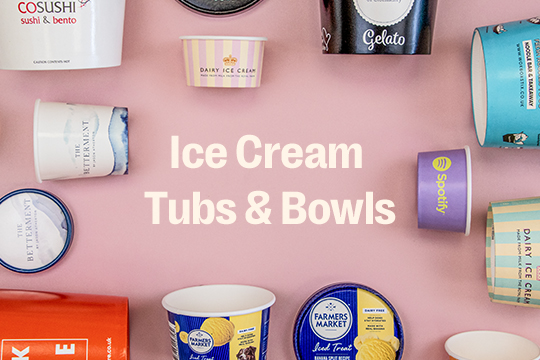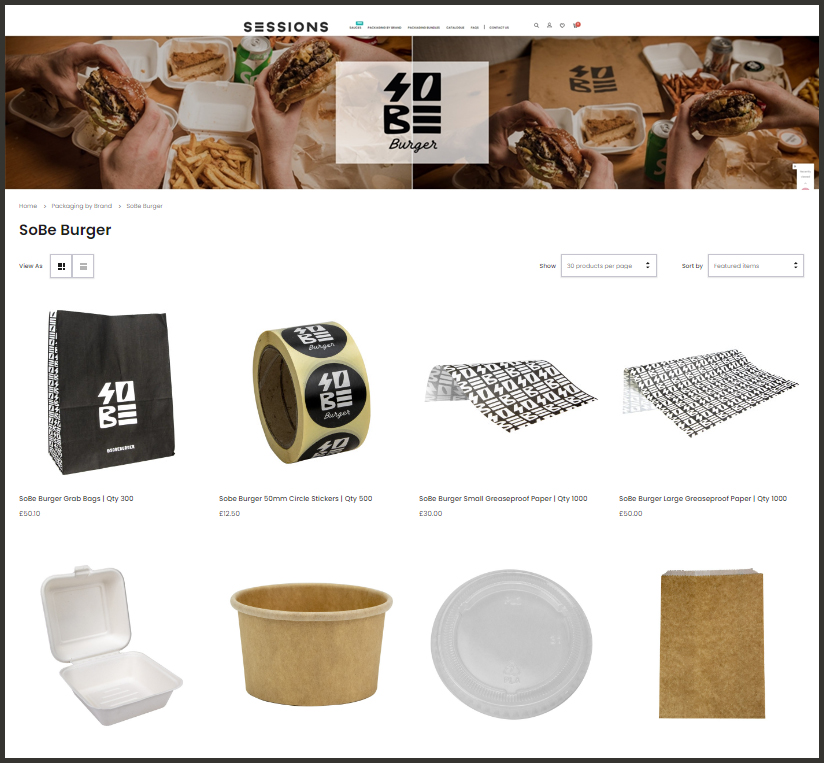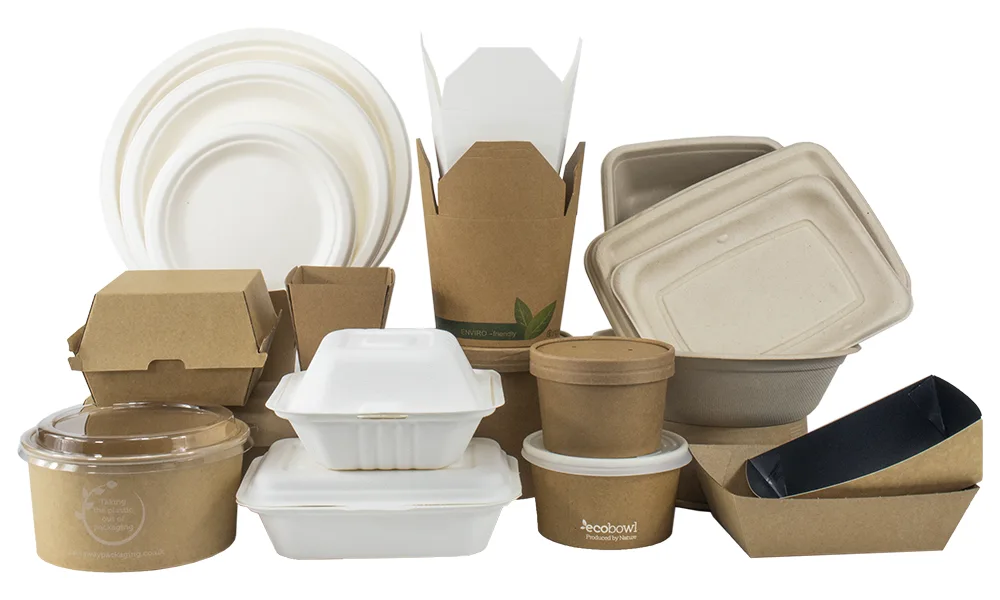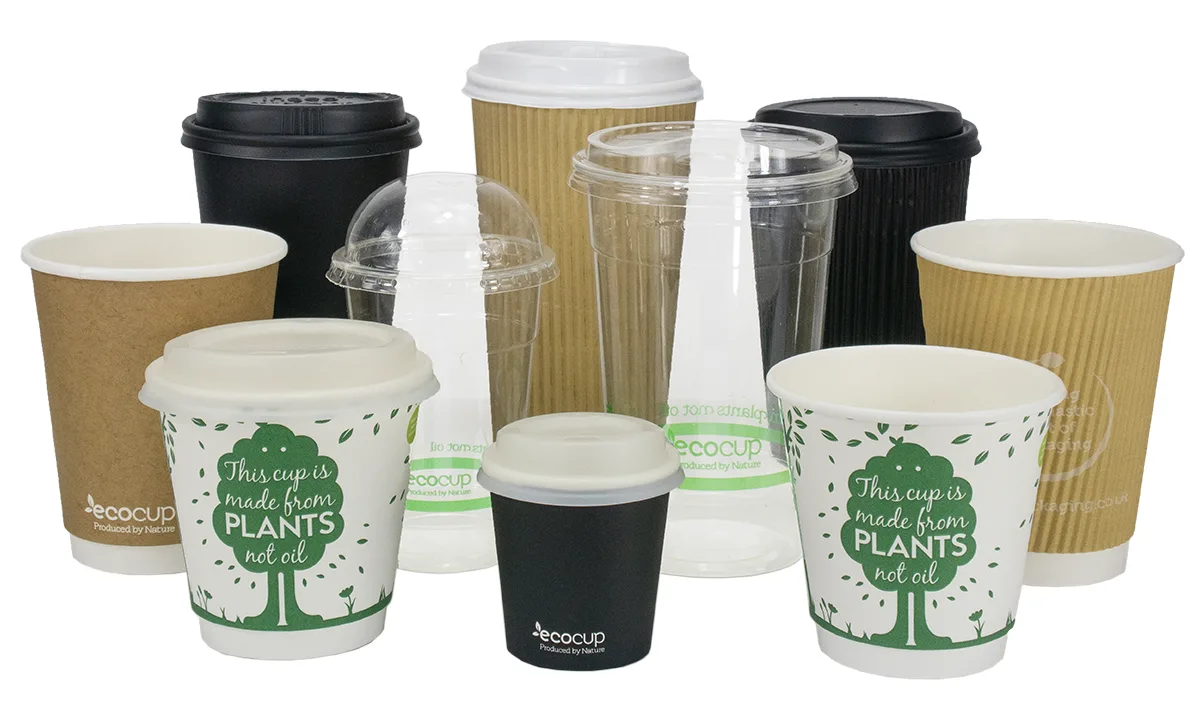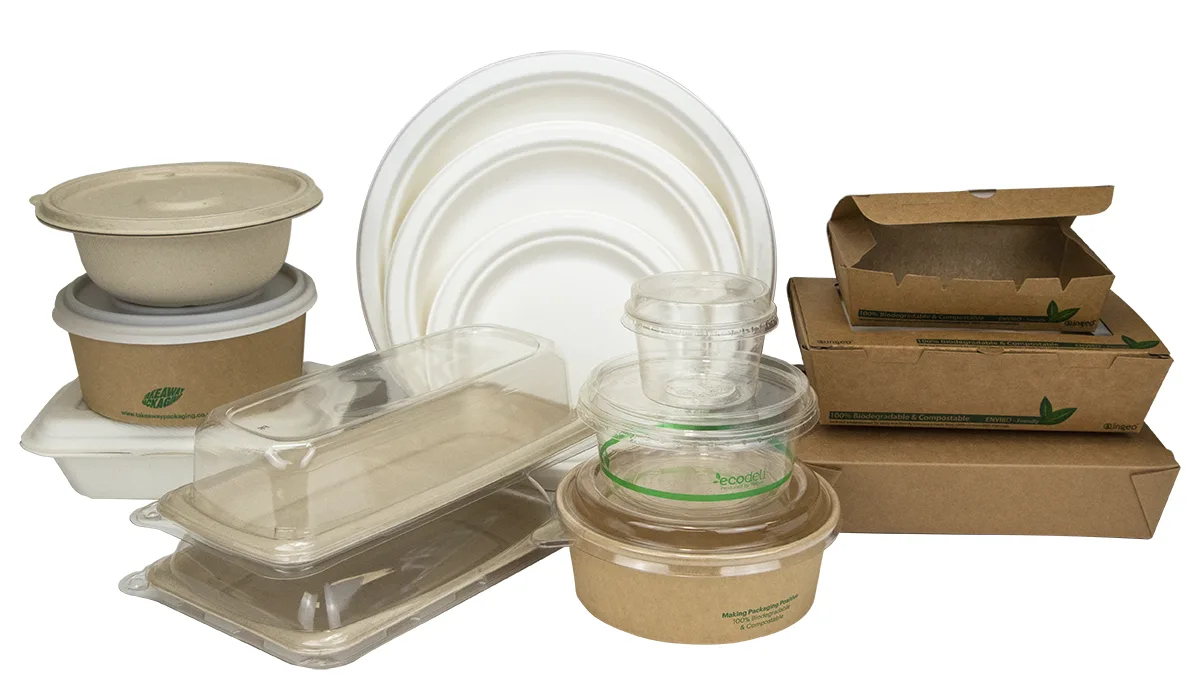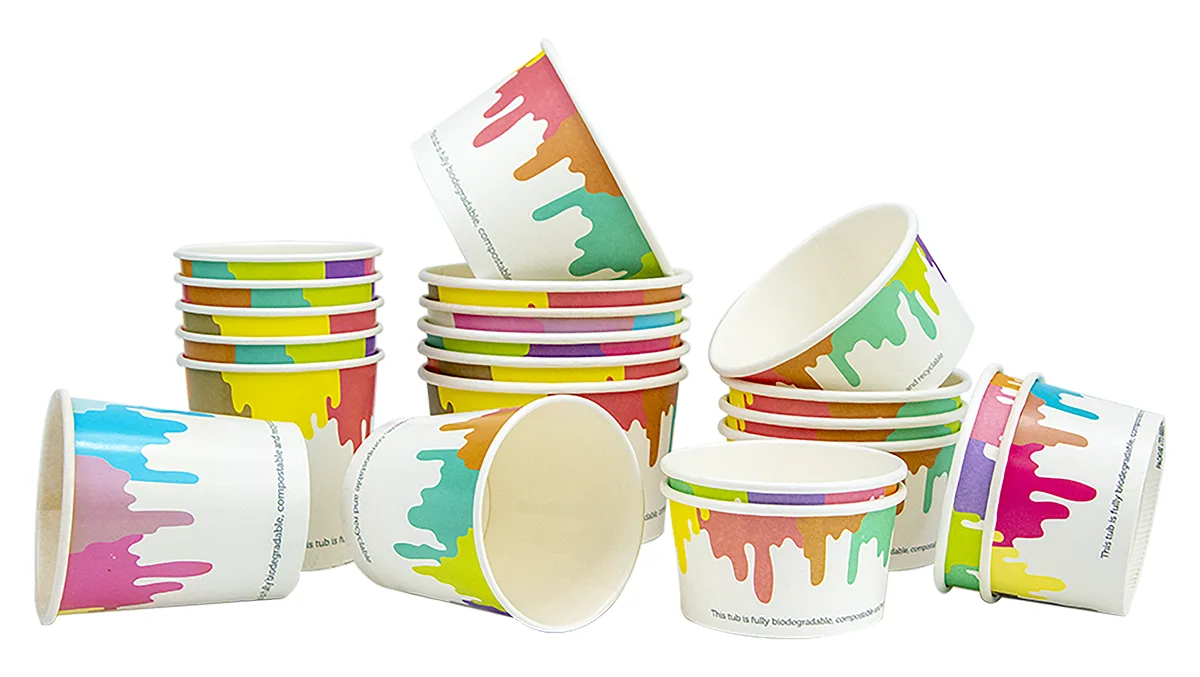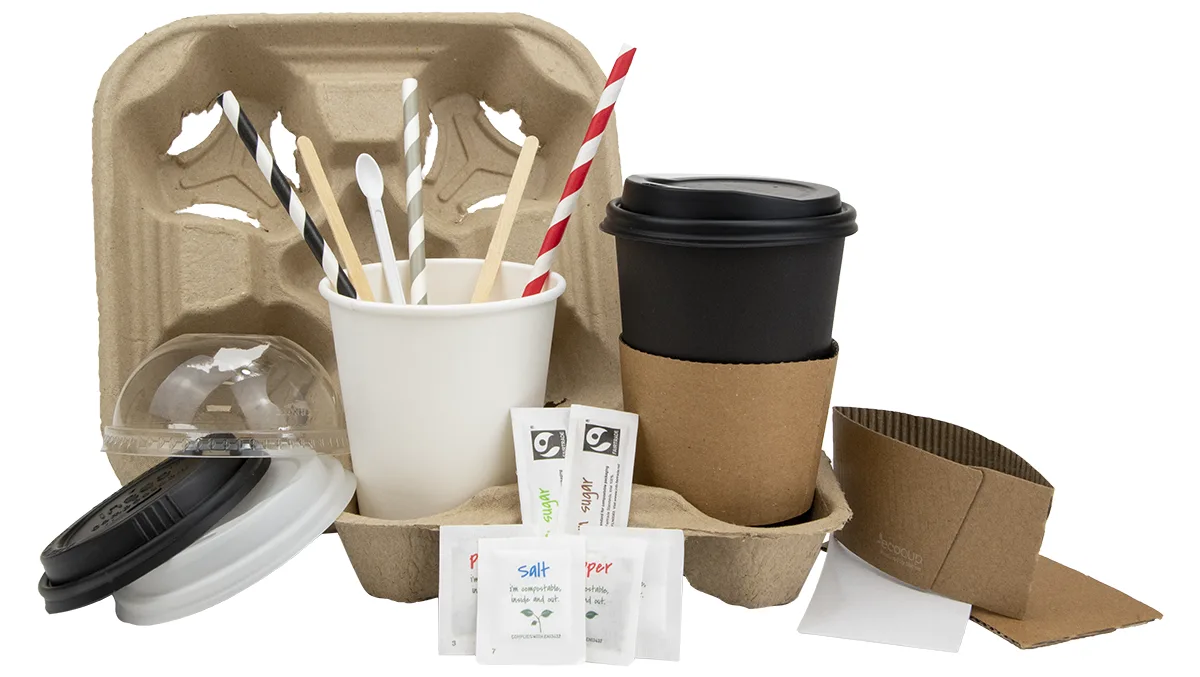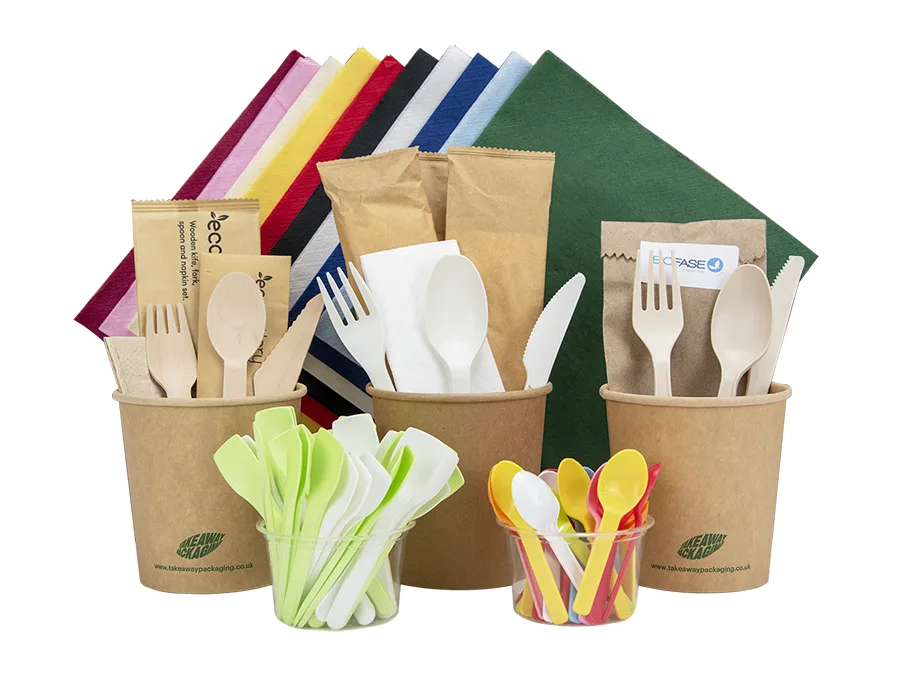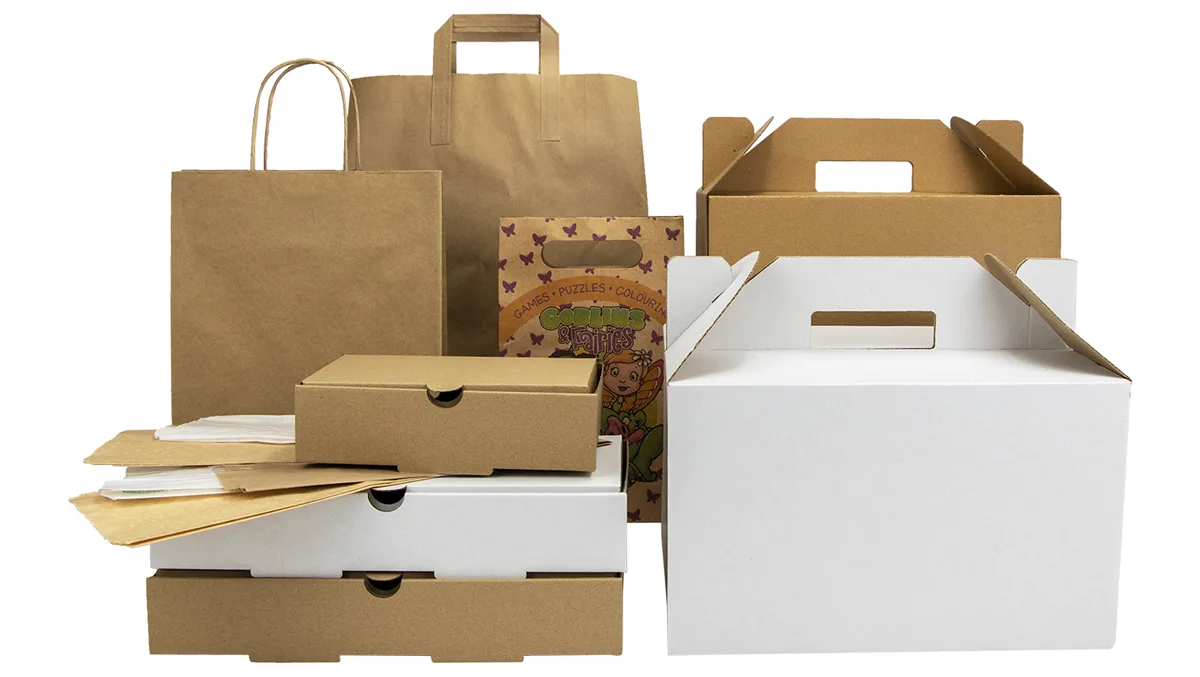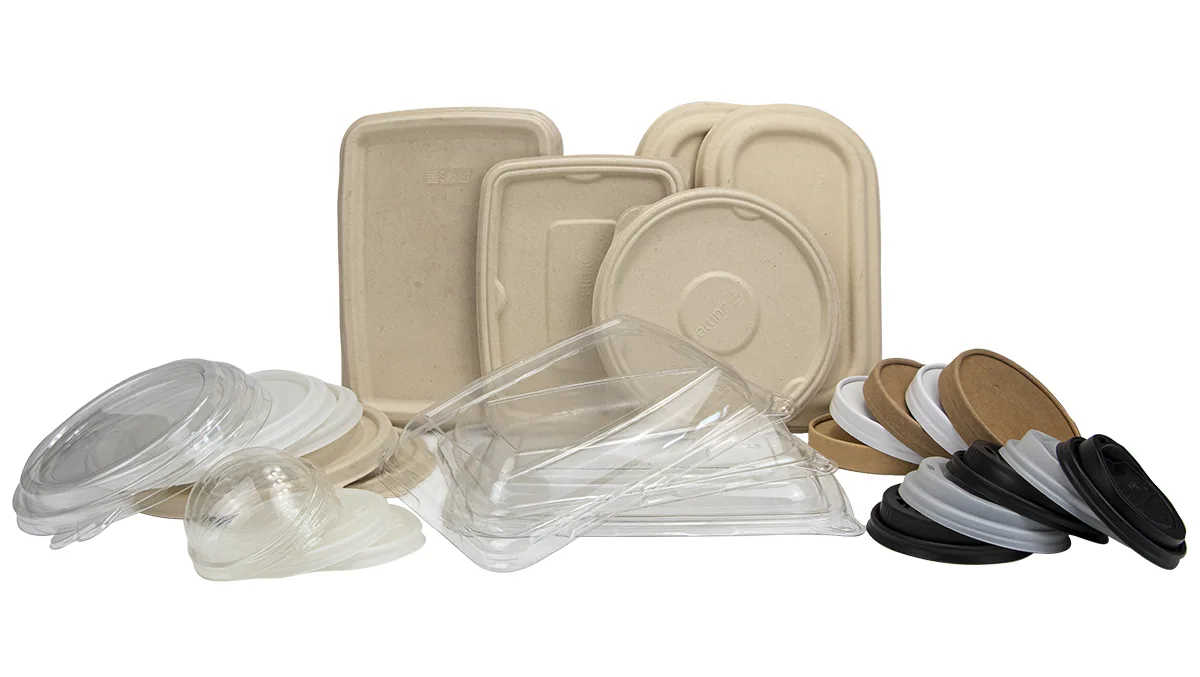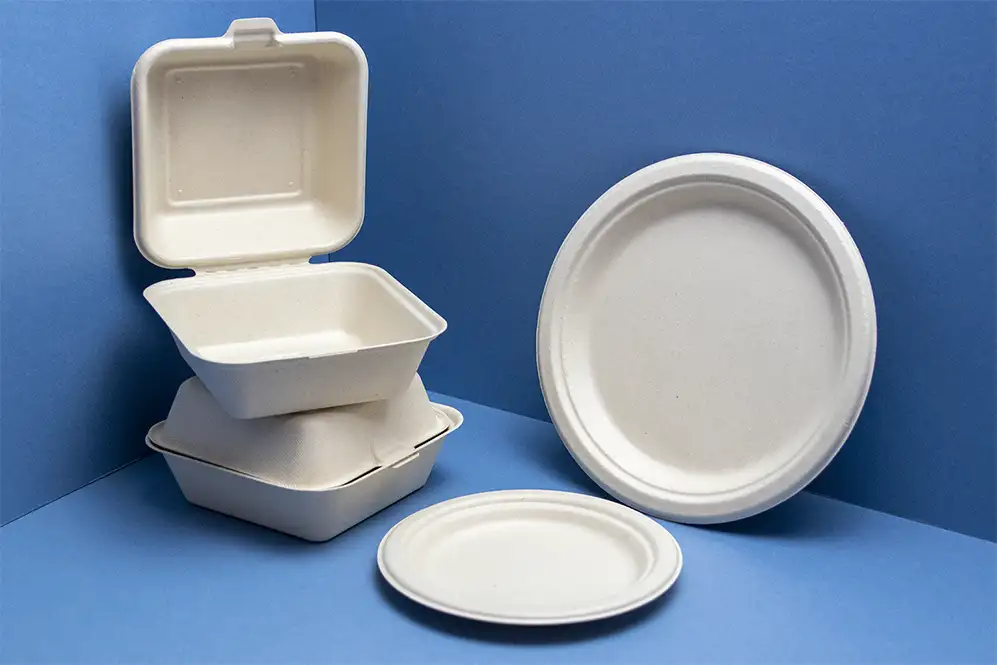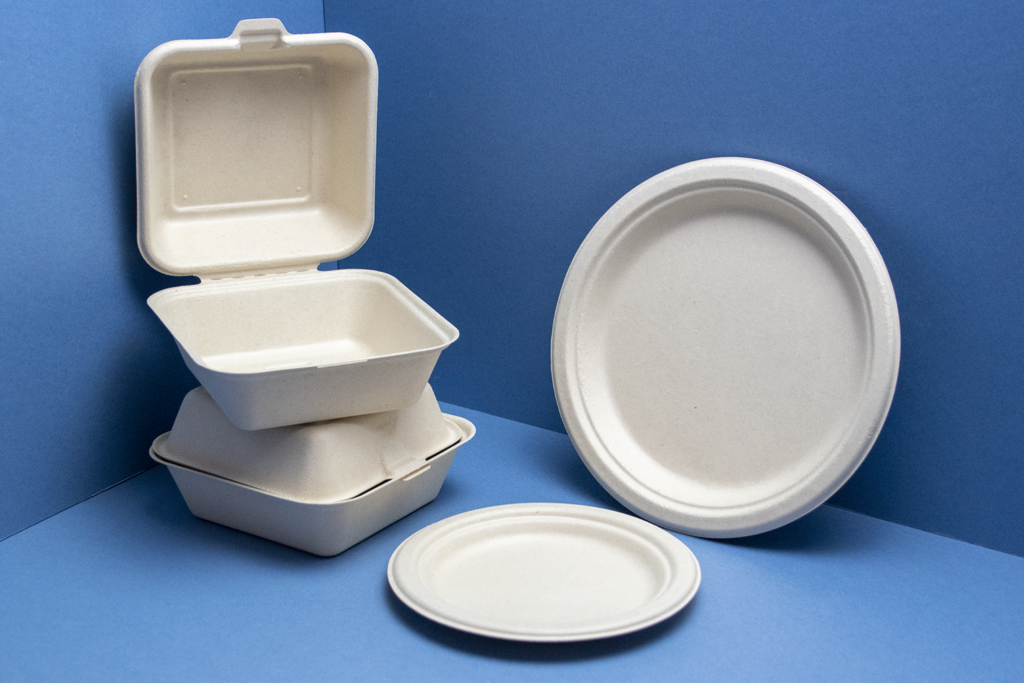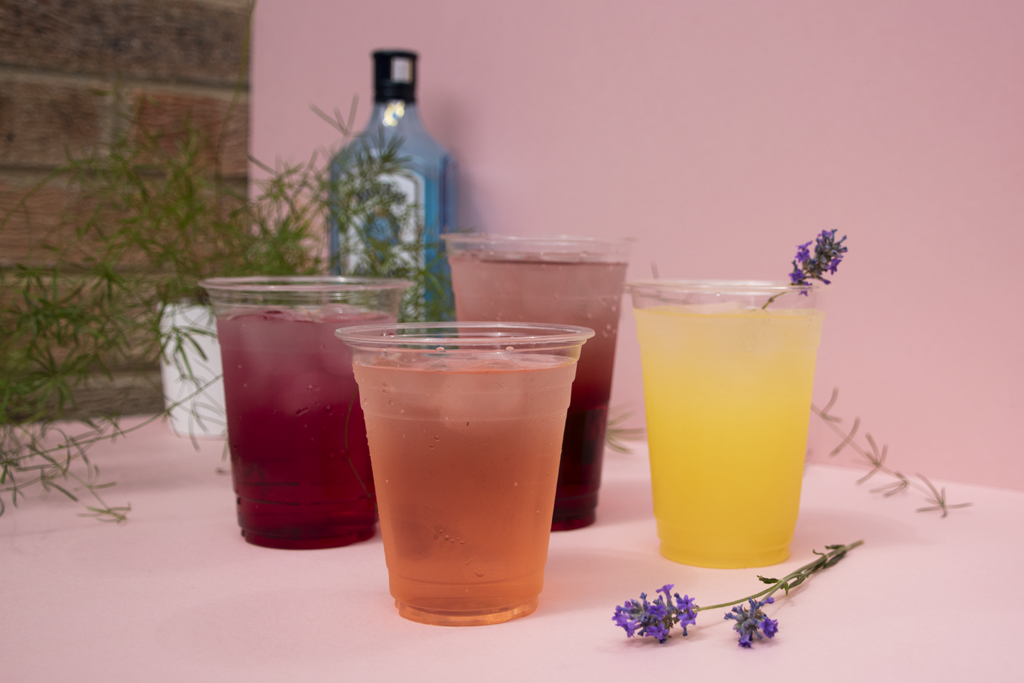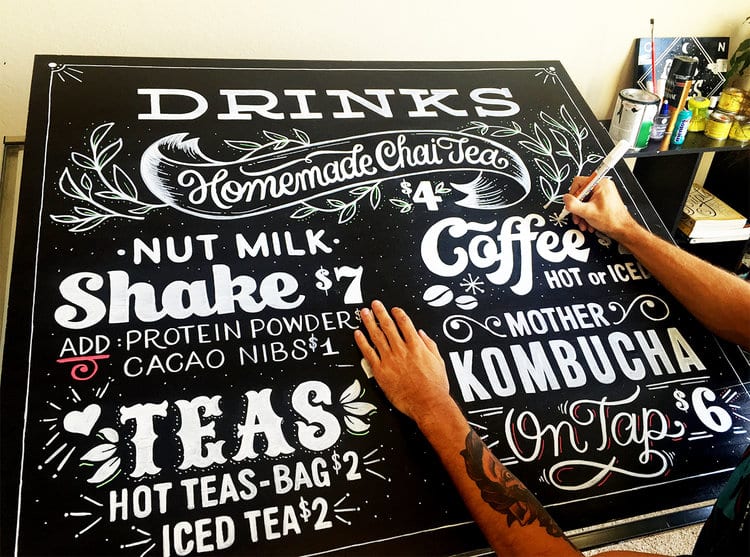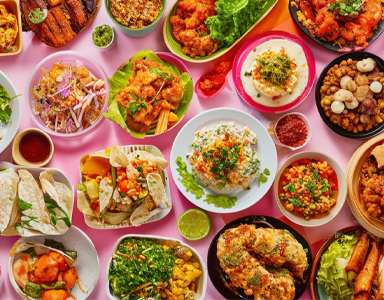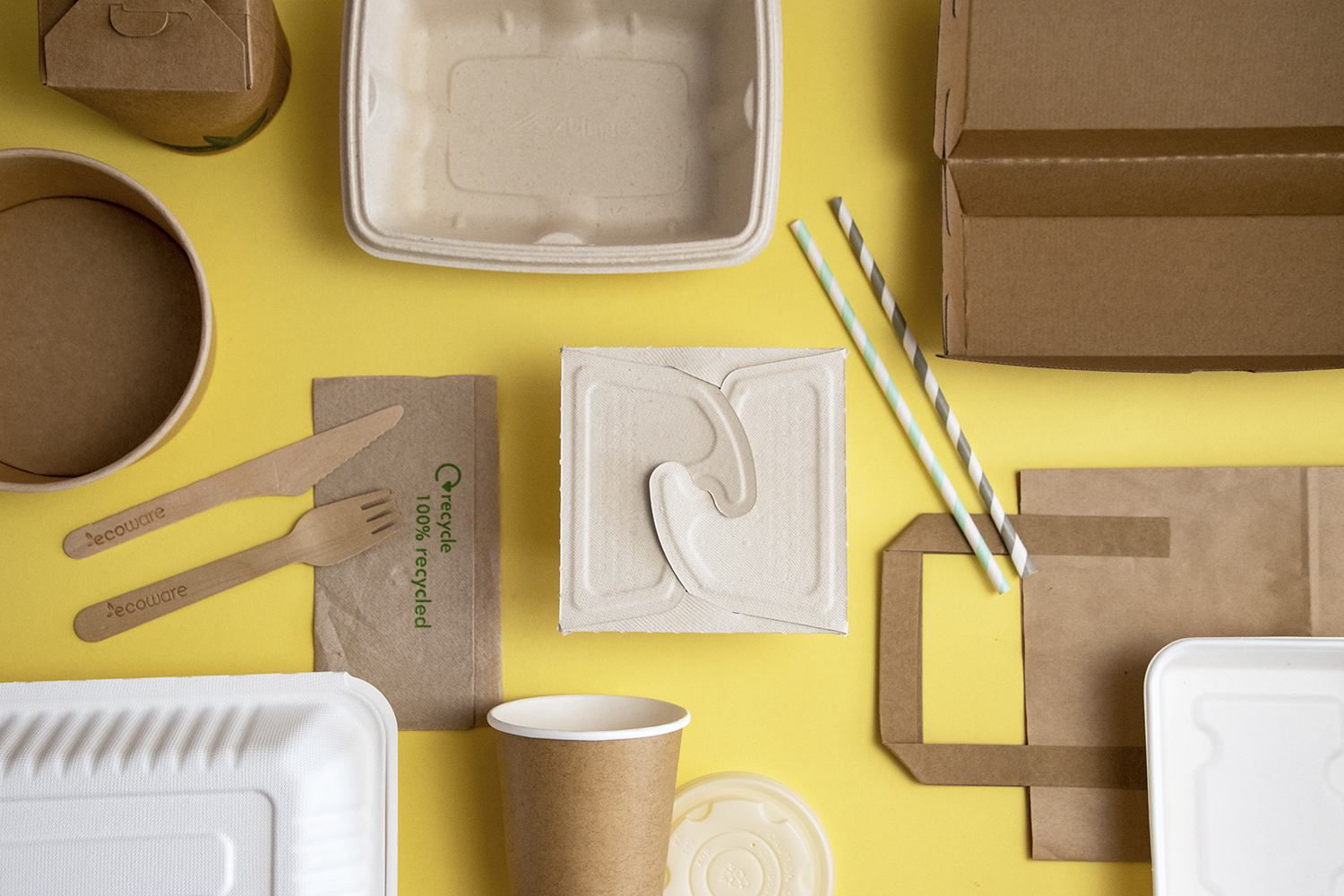If you’re thinking about ways to reduce your environmental impact, anything plant-based is a great place to start.
It’s widely reported that plant-based diets can help fight climate change and that biofuels produced from renewable organic materials offer a more sustainable solution to burning fossil fuels.
We’re not advocating you throw out all of the meat in your freezer or jump on the biofuel bandwagon — we’re introducing you to plant-based packaging.
Some of the most useful and innovative packaging for food products is made from purely plant-based materials, from bagasse containers to avocado seed cutlery. Let’s take a look at plant-based packaging in detail.
Related: How Is Food Packaged in Space?
What Is Plant-Based Packaging?
Plant-based packaging is made from naturally renewable materials derived from plants. It’s completely organic, as opposed to many forms of traditional packaging like plastics, and can take many forms.
As countless countries turn their back on single-use plastics — including England, Scotland, Germany, Canada and India, to name just a few — the world needs more suitable and sustainable packaging alternatives.
This is where plant-based could revolutionise the way packaging is perceived, from being a burden on the environment to something that could actually benefit the planet.
Plant-Based Packaging for Food Service
Packaging made from plants has endless applications, but it’s particularly useful in the food service industry.
That’s because food packaging is often spoiled by moisture, oil, grease, fat or anything else that comes from the products it contains, from burgers and pizzas to desserts and ice cream.
This leaves customers in a predicament — how should they responsibly dispose of their packaging waste?
The issue is so pervasive that some local councils have banned fast food packaging from their recycling bins on the count that most food packaging from certain outlets is essentially too spoilt to be processed at their facilities.
Related: Can You Recycle or Reuse Plastic Takeaway Containers?
The Benefits of Plant-Based Packaging
So is plant-based packaging the answer? Well, it has numerous unique qualities that make it superior to many forms of synthetic packaging currently available; the advantages of using naturally sustainable packaging are undeniable.
Plant-based packaging is:
1. Compostable and Biodegradable
Plant-based packaging breaks down quickly under the right conditions. Microorganisms feed on decaying organic matter, reducing it to nothing while benefiting the environment. The entire process takes between three and six months.
This is in stark contrast to plastic packaging, which takes centuries to degrade and inevitably ends up as microplastics, the consequences of which are far-reaching — they’ve even been located everywhere, from fresh Antarctic snow to (even more worryingly) the human body.
2. Sustainable
Since plant-based packaging is made from natural materials, it can be produced indefinitely, at least in theory. There isn’t a finite reserve of the resources required to create plant-based materials, whereas it’s expected we’ll run out of fossil fuels in our lifetime, forcing everyone to adopt sustainability by default eventually.
Visit our online shop and check out our future-friendly plant-based packaging for a greener tomorrow.
3. Less Resource Intensive Than Plastic
Synthetic packaging materials like plastic are derived from fossil fuels. That means a lot of refining and processing is involved in the production process, all of which releases greenhouse gases into the atmosphere.
On the other hand, plant-based packaging can be produced at minimal cost to the environment, both in terms of the raw materials required, the processing involved and the net pollution.
Did you hear? All of Takeaway Packaging’s products are certified carbon neutral.
4. Functional and Practical
At peak times, we know how important it is that your food packaging performs under pressure. You never want your cups, boxes, bags or trays to get in the way of speedy service, which is why our plant-based packaging has many practical uses.
For example, our leakproof bagasse bowls and bagasse clamshell containers make it easy for you to serve all kinds of cuisine without worrying about leaks, spills or other potentially costly mishaps for you or your customers.
Similarly, our compostable coffee cup lids make serving hot drinks simple and stress-free, especially when paired with our biodegradable coffee cups. The eco-friendly possibilities are endless!
5. Aesthetically Pleasing
Looks count for a lot. While aesthetics aren’t the be-all and end-all, food tastes better when it looks appealing, and packaging plays a role in making your takeaway dishes look delicious.
The natural finish of standard, unbranded plant-based packaging like bagasse is reassuringly simple, tactile and sturdy. It’s worthy of serving the finest foods to the most decadent treats thanks to the thickness, durability and temperature-controlling qualities of well-engineered, plant-based materials.
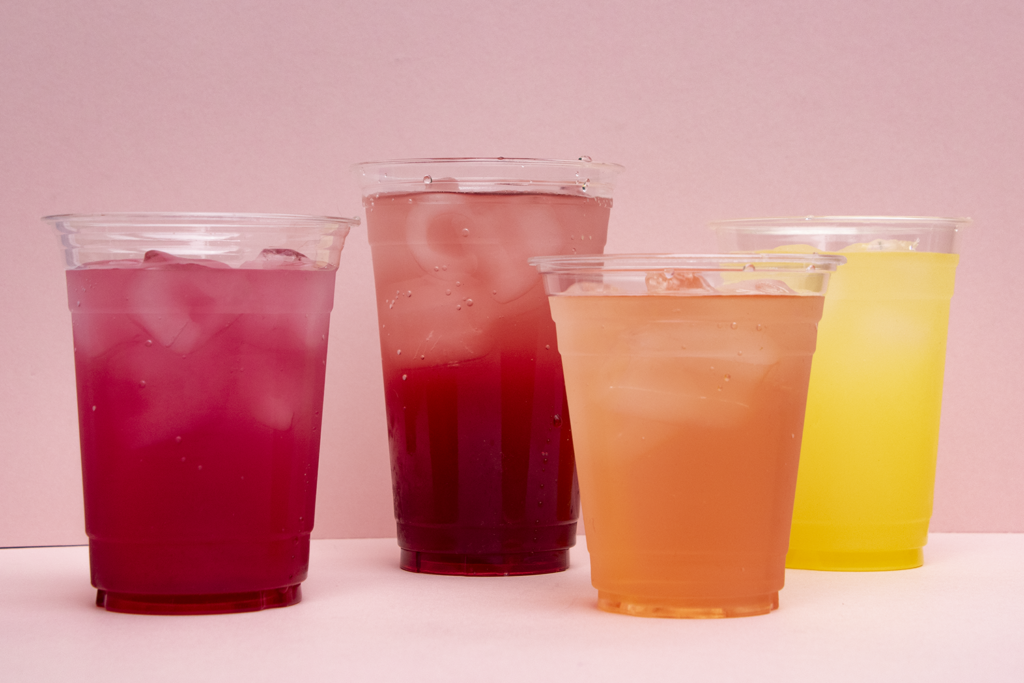
Examples of Plant-Based Packaging for Food (and Drinks)
Packaging made from plants sounds great in principle, so what exactly does it look like, and how can it be used? Some forms of plant-based packaging have been around for decades, while others are just emerging.
Here are a few examples of plant-based packaging:
Bagasse Containers (Sugarcane Pulp)
We’ve talked a lot about bagasse in our blog, and for good reason. It’s one of the most workable, durable and eco-friendly materials used in the packaging industry and beyond.
It’s a by-product of harvesting sugarcane, making it a naturally renewable resource. To produce the pulp required, sugarcanes are crushed and dried, leaving behind a strong, fibrous material. We’ve used it to craft bagasse tableware, compostable plates and more.
It’s ideal for replacing traditional food packaging products such as polystyrene trays or ever-present yet non-recyclable plastic takeaway containers.
PLA Bioplastic Cups (Polylactic Acid)
A naturally occurring substance in plants, PLA (polylactic acid) is a perfect replacement for all things plastic. A great example is clear bioplastic cups that are compostable, biodegradable, and made entirely from plant-based materials. Available in various sizes, including pint cups, they’re ideal for festivals and outdoor events if you serve beers, ciders, smoothies, fruit juices and everything in between.
It’s also handy to replace plastic or synthetic linings, like those found in disposable cups or cardboard takeaway containers, like pizza boxes. PLA is heat resistant, so it’s a perfect substitute for PE (polyethylene) linings if you want super-sustainable packaging that performs well at high temperatures.
Kraft Virgin Pulp (Paper)
You could argue that paper-based packaging — made from trees — is plant-based, but it’s especially relevant in food packaging. Let us explain.
There are two types of pulp used in the manufacture of paper-based packaging:
- Virgin pulp, and,
- Recycled pulp.
Each pulp is created by chemically or mechanically separating fibres from its source material, for example, wood or cotton. Each has its benefits and drawbacks.
Virgin pulp fibres create more durable paper for heavy duty applications. It’s particularly useful in producing things like greaseproof paper and the virgin Kraft paper that lines our pizza boxes and takeaway boxes.
Recycled pulp has shorter fibres, but the fact that it’s recycled means it’s more eco-friendly. It doesn’t have the same durability as virgin pulp, but it’s more cost-effective and sturdy enough to create corrugated cardboard, like fish and chip boxes.
Potential Drawbacks of Plant-Based Packaging
The disadvantages of single-use plastics are well-understood and widely accepted, but are there any drawbacks to using plant-based packaging?
In the interest of total transparency, it’s only fair to look at some potential downsides of using plant-based packaging.
Education about Recyclability
The general public has relied on an infrastructure that supports and encourages recycling, often leading to “wishcycling”. The problem is exacerbated by a lack of understanding as to what plant-based packaging is made from and how it should be disposed of.
Problems may arise if you introduce bioplastics to your audience without prior warning or sufficient information about the packaging itself. These materials are unsuitable for recycling and are instead designed to degrade naturally.
Politics and Policies
While governments and regulatory bodies have been more proactive in recent years, banning single-use plastics and introducing taxes, they’ve been slow to act on biodegradable and compostable alternatives.
Currently, bioplastics and biodegradable plastic packaging are included within the UK’s plastic tax, as they’re not recyclable. This is a hotly debated topic that will hopefully be resolved in the near future, but it’s important to be aware of the current state of play.
Composting Conundrums
Commercial composting facilities are currently few and far between, but that doesn’t mean people can’t compost their food packaging at home. Domestic composting is becoming more popular, and as businesses and consumers distance themselves from plastic packaging in favour of eco-friendly alternatives, a greater infrastructure is set to grow.
Plus, even if your customers can’t compost their packaging at home, compostable and biodegradable waste is much better for the planet than anything synthetic for all the reasons mentioned above.
Related: Recyclable, Compostable or Biodegradable Food Packaging
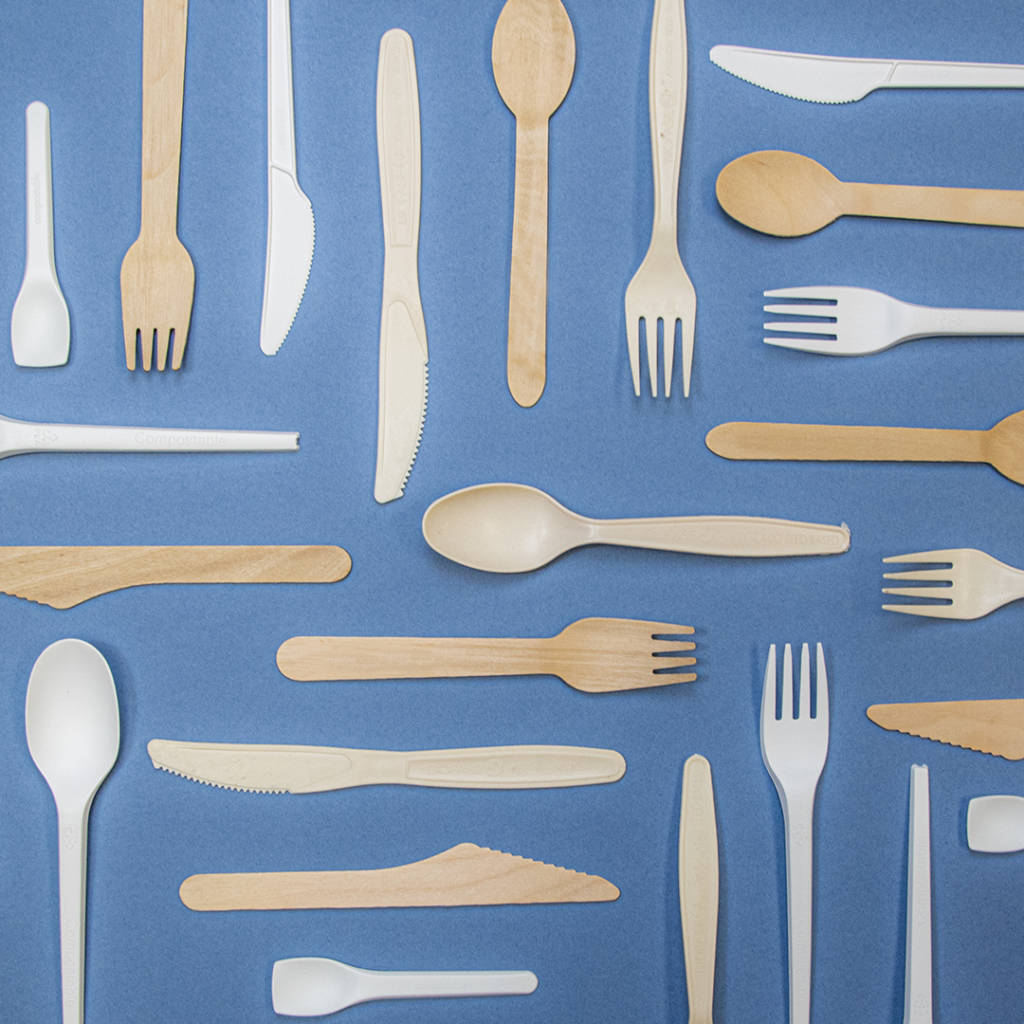
Is Plant-Based Packaging Right for You?
Plant-based food packaging is becoming increasingly popular in the food service industry, and it won’t be long until this kind of packaging is the norm.
The trend has been predominantly consumer-driven, but many businesses recognise the value this kind of packaging offers. Not only is it a long-term investment in sustainability, minimising your carbon footprint, it’s a powerful marketing tool that sends a clear message to your customers — you care about the planet.
No matter what kind of food or drinks you’re serving, we guarantee you won’t be disappointed with the quality, practicality and sustainability of plant-based packaging.
Visit our online shop and explore our plant-based and eco-friendly packaging range. Want to find out more? Get in touch for more information or a free branded packaging design quote.


